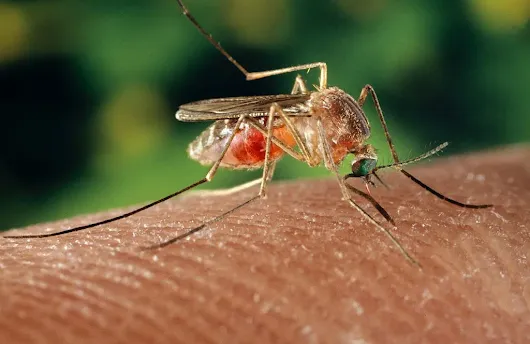The Rare But Deadly Mosquito Virus Concerning U.S. Towns
As summer approaches, U.S. towns are not only gearing up for the heat but also preparing for an unseen yet deadly threat: the rare but dangerous mosquito-borne virus. While mosquito bites are often dismissed as mere nuisances, certain viruses they carry can pose serious health risks, and the concerns surrounding these viruses are growing.
Understanding the Threat
Mosquito-borne viruses, also known as arboviruses, include a range of diseases, with some of the most well-known being West Nile virus, Zika virus, and Dengue fever. However, in recent years, there has been an increasing focus on a particularly deadly strain: the Eastern Equine Encephalitis (EEE) virus. Although rare, EEE has proven to be one of the most lethal mosquito-borne viruses, with a mortality rate of approximately 33% among those infected.
How Does the Virus Spread?
The EEE virus is primarily transmitted through the bite of an infected mosquito. These mosquitoes become carriers after feeding on infected birds. Once the virus enters a mosquito's system, it can then be passed on to humans and other mammals, although human infections are rare. What makes EEE particularly concerning is the rapid and severe impact it can have on the human nervous system, leading to encephalitis, or inflammation of the brain.
The Impact on U.S. Towns
While EEE cases are still uncommon, their occurrence has been on the rise in recent years, particularly in certain areas of the United States, including the Northeast, Midwest, and Gulf Coast regions. Towns in these areas are on high alert, especially during the peak mosquito activity months from late summer to early fall.
The symptoms of EEE can be sudden and severe, including high fever, headaches, and seizures. In severe cases, EEE can lead to long-term neurological damage or even death. This has prompted local health departments to issue warnings and take preventive measures to reduce the risk of mosquito bites.
Preventive Measures Being Taken
To combat the threat, towns are ramping up mosquito control efforts, including aerial spraying of insecticides, public awareness campaigns, and encouraging residents to take personal protective measures. These include using insect repellent, wearing long sleeves and pants, and ensuring that windows and doors are screened to prevent mosquitoes from entering homes.
Communities are also being advised to eliminate standing water around their properties, as stagnant water serves as a breeding ground for mosquitoes. Local governments are investing in surveillance programs to monitor mosquito populations and track any potential outbreaks of the virus.
The Importance of Public Awareness
Public awareness is crucial in the fight against mosquito-borne diseases. Education on the symptoms of EEE and the importance of early medical intervention can save lives. Health officials emphasize that while the risk of contracting EEE is low, the potential consequences are severe, making it essential for residents in affected areas to remain vigilant.
Looking Ahead
As climate change and environmental factors continue to alter the habitats and behaviors of mosquitoes, the spread of mosquito-borne viruses like EEE may become more widespread. Researchers are working tirelessly to develop vaccines and more effective treatments, but until then, prevention remains the best defense.
In conclusion, while the mosquito virus threat to U.S. towns is rare, it is deadly and should not be taken lightly. By staying informed and taking proactive measures, communities can protect themselves and minimize the impact of this concerning health risk.


Post a Comment